Description
Tripotassium Phosphate is a strong chemical compound as well as a mineral compound, and in many foods, it is used as foaming agents, emulsifiers, acidity controllers, and so on. This substance can be found in dry and aqueous forms with a number of different molecules of water.
 Where can I buy tripotassium phosphate?
Where can I buy tripotassium phosphate?
If you would like to know any further information about tripotassium phosphate price or buying this chemical item, our team at Shanghai Chemex will be glad to help you with that.
Tripotassium phosphate synthesis process:
This material can be produced by the reaction of ammonium phosphate ((NH4)3PO4) with potassium chloride (KCl):
(NH4)3PO4 + 3KCl → K3PO4 + 3NH4Cl
Tripotassium phosphate properties
Tripotassium phosphate anhydrous (TKP) is a solid white powder with the chemical formula K3PO4, which is water-soluble. It is a highly miscible salt that is used as an additive and source of potassium in fruit juice. Actually, increasing the pH also makes the product creamier or yellower and has a richer appearance.
In the table below, some of the chemical and physical properties of this product are mentioned:
| Chemical formula | K3PO4 |
| CAS no. | 7778-53-2 |
| Molecular weight | 212.266 g/mol |
| Melting point | 1340 °C |
| Density | 2.564 g/mL |
| Water Solubility | 50.8 g/100 mL |
Moreover, tripotassium phosphate pH is 11.5–12.3.
- Is tripotassium phosphate ionic or covalent?
TKP is an ionic salt that has electrostatic interactions between its cations and anions.
Tripotassium phosphate uses
Industries use TKP in many industries, such as food and agriculture. In this part, we are going to explain some of its applications.
Tripotassium phosphate fertilizer
This salt is less used as fertilizer compared to the other two potassium phosphate salts, monopotassium phosphate, and dipotassium phosphate. But it can still be a source of phosphorous for plants.
Detergents
Phosphates are used as antimicrobial agents and inhibit the growth of microorganisms. In particular, potassium phosphate has more antimicrobial properties than other phosphates.
Foods
We have two kinds of phosphorous in food: organic and inorganic.
One kind of phosphorous is known as organic phosphorus, and it can be found in some natural foods such as milk and eggs. However, there is another kind of phosphorous that the food industry uses as an additive. Tripotassium phosphate is in this category.
TKP helps to stabilise, increase volume, control pH, and maintain moisture in food. It also prevents the removal of fat from food, which preserves its texture and appearance.
We can find this additive in many foods because it can increase the viscosity of the mixture. Moreover, TKP is a stabiliser that inhibits unwanted changes. TKP is extremely basic, and industries use it to reduce the acidity of the product.
It is a replacement for trisodium phosphate in the food industry for those who are looking for a sodium-free additive.
- Is tripotassium phosphate safe?
Yes, the FDA considers it a safe material. But nowadays people consume more fast foods and processed products, so the high level of potassium phosphate can harm the body. because inorganic phosphate is more absorbable than natural phosphorus.
Tripotassium phosphate vs. trisodium phosphate
Tripotassium phosphate (K3PO4) is widely used as a food additive, while most industries use trisodium phosphate (Na3PO4) as a cleaning agent and stain remover.
“Trisodium phosphate is an ionic salt having the chemical formula Na3PO4. The molar mass of this compound is 163.94 g/mol. Moreover, it appears as white granules. On the other hand, Tripotassium phosphate is an ionic salt having the chemical formula K3PO4. The molar mass of this compound is 212.27 g/mol. In addition, it appears as a white deliquescent powder.”
The bottom line
Tripotassium phosphate is an ionic salt that is widely used as a food additive to enhance the pH level of foods. Actually, TKP is a great alternative to trisodium phosphate. But there are some differences between these two chemical items. First of all, industries use TKP for their food products, and TSP is mostly used as a cleaning agent in detergents.
Frequently asked questions
What is the use of tripotassium phosphate?
Industries use TKP to increase the viscosity of food products and maintain their pH level.
What is tripotassium phosphate in food?
TKP is an extremely basic compound that maintains the pH level of food. It also has a large role in increasing the viscosity of some foods.
What is the difference between trisodium phosphate and tripotassium phosphate?
Tripotassium phosphate (K3PO4) is widely used as a food additive, while most industries use trisodium phosphate (Na3PO4) as a cleaning agent and stain remover.
What is tripotassium phosphate made of?
This material can be produced by the reaction of ammonium phosphate ((NH4)3PO4) with potassium chloride (KCl).
Is tripotassium phosphate vegan?
Yes, this material is vegan, and it is widely used as a food additive.
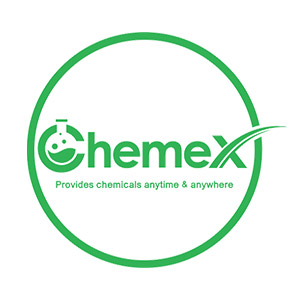
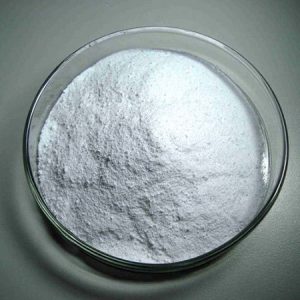
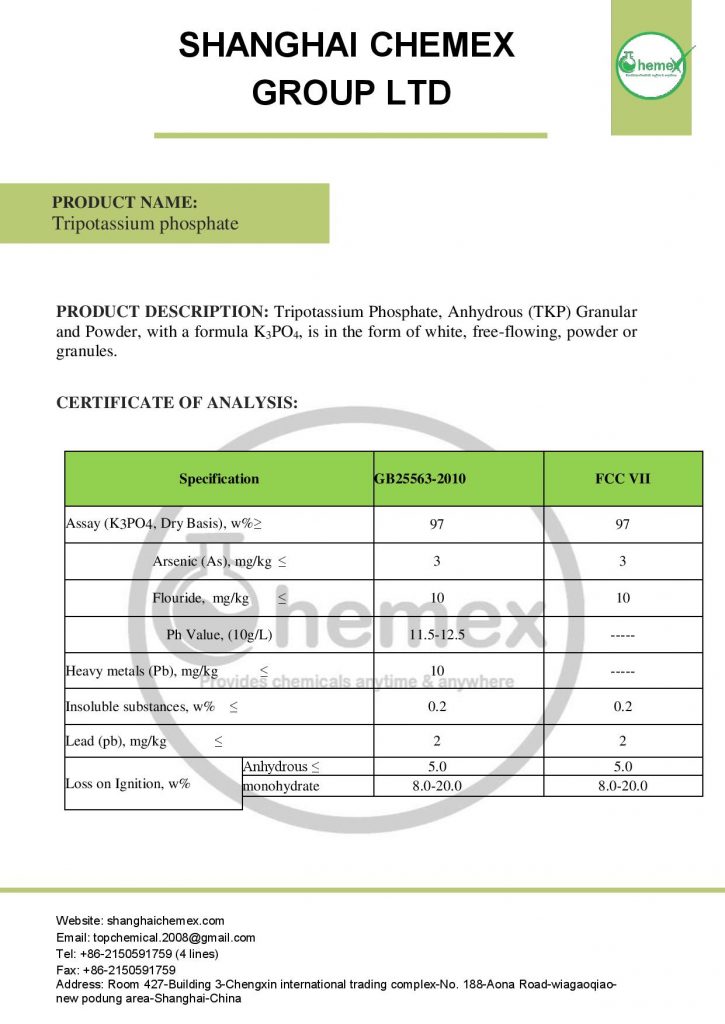
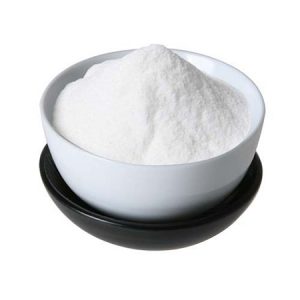
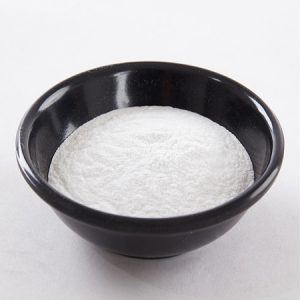
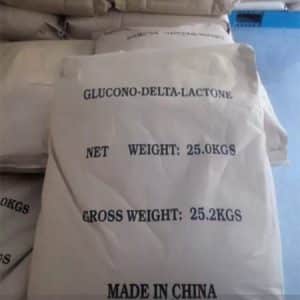

Reviews
There are no reviews yet.